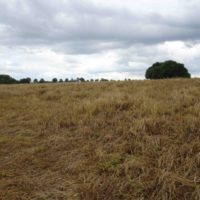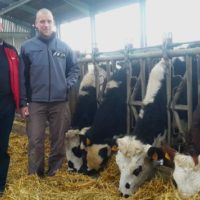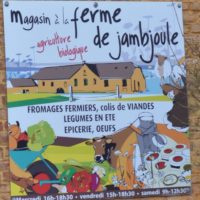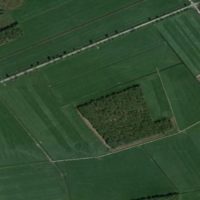System Analysis Milk
Practice abstract
Description
The fact that almost one out of three dairy farms in Lower Saxony no longer allows its animals to graze at all, points out the importance of the type of husbandry in the barn. Therefore, the effects of different system on the animals, the environment, consumers and farmers’ purses have been studied in the project “System Analysis Milk” and discussed with practitioners and other actors form the industry.
The results show that pasture had a positive effect on the welfare and health of the cows. As the number of grazing hours increased, there were fewer lame animals and animals with hairless spots. Without grazing, more lame cows were counted than in systems with grazing. In the winter months, farms with year-round stable farming and grazing farms performed equally well. The grazing farms had weaknesses in feeding. Dairy cows showed too low an average body condition score during the grazing season. The milk yield was higher in farms without grazing (approx. + 1,000 kg per cow). An optimal number of grazing hours could not be determined. Dairy cows need a very good pasture management to adapt to the variability of the feed supply. If this is the case, they have good conditions on the pasture to keep themselves healthy. However, since also grazing cows spend the winter half-year in the stables, there were hardly any differences between grazing and non-grazing farms at the end of the indoor season. The pasture in summer cannot compensate a “bad” stable in the winter! Grazing cows must be offered an animal-friendly barn during winter.
Abstract also available in:
Dutch | French | German | Italian | Polish | Swedish
Additional information
| Farming system | conventional farming |
|---|---|
| Domains of innovation | farm system, grazing management system |
| Main types of animal | dairy cattle |
| Country | Germany |
| Product type | Practice abstract |
| Language | English |




